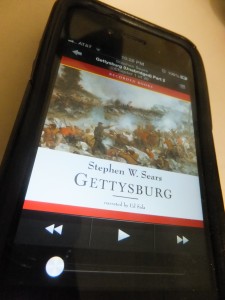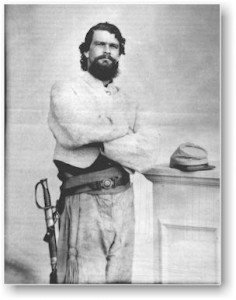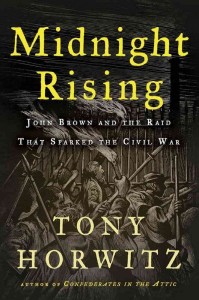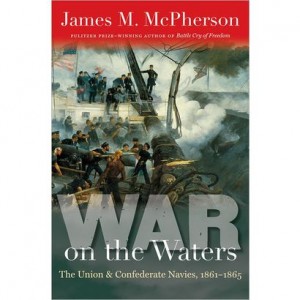What Jake’s Reading: March 2013
Posted By Jake Wynn on March 25, 2013
Trying to find time to read these days has been difficult. Between volunteering, schoolwork, my internship and research, it’s been a pretty tight squeeze of late. Yet, the Civil War and related subjects seem to have taken up most of my time, much to the irritation of those around me.
I finished Tony Horwitz’s marquee work, Confederates in the Attic, back in January and the book thoroughly moved me. For being 15 years old, the book surprisingly maintains much of its relevancy. Horwitz’s adventures through the South of the 1990s feel important, despite many societal changes that have occured. His work provides a look into Dixie most never see, one hidden by a veil of idiosyncrasy and misunderstanding . Horwitz, through his storytelling and unique characters, examines the Civil War, how it’s remembered, and why it maintains such significance to us today . So if you haven’t read it yet, I highly recommend diving into the tales of the South’s many hidden corners.
I bring this book up not only because it stirred me, but because I also had an interesting encounter..
The star of Horwitz’s book, other than the consistent theme of America’s love/hate relationship with their fratricidal conflict, was a hardcore reenactor by the name of Robert Lee Hodge. He stole the show in the book, filling chapters with his eccentric, often insane behavior, and landing on the cover. Interestingly enough, Hodge also attended the conference at Gettysburg College earlier this month, his distinctive dark beard standing out from the crowd of historians. I only recently discovered the depth with which his inclusion in Confederates in the Attic changed his life, and his story also warrants a read through. Who would think this guy could go from “Civil War bum” to nationally recognized expert and filmmaker?
I also mention my relationship with Horwitz’s first book because I am reading his most recent jab at another issue surrounding the Civil War. Instead of Civil War remembrance and collective memory, Horwitz chases down John Brown and his conspirators in Midnight Rising. From what I have read so far, which I must admit is not much, the book reports on the rise of John Brown and what led him to Harpers Ferry in October 1859. The style relates much to Horwitz’s own writing technique honed during years spent as a reporter for the Wall Street Journal and it reads quickly and easily.
I have found that audiobooks have become an important part of my scholarly life as well, mostly because I rarely have the time to sit down with a good book for more than a few minutes. I recently listened to James McPherson’s recent work on the Union and Confederate navies, War on the Waters. McPherson has written a fantastic book which tells a story that is often overlooked or forgotten all together; a few snippets of that book may work their way into a post later about the naval importance of good ole’ Pennsylvania anthracite coal.
Currently, I have been listening to Gettysburg by Stephen Sears and have found it fascinating as well. Sears does an incredible job of telling such a complicated and intricate story in a way that makes you feel as though you are marching along towards Gettysburg.

My obsession continues, and as we head for the 150th anniversary of the Battle of Gettysburg, the prospects of it getting any better seem slim…..
Contact me anytime with comments, questions, or suggestions.
 ;
;






Comments